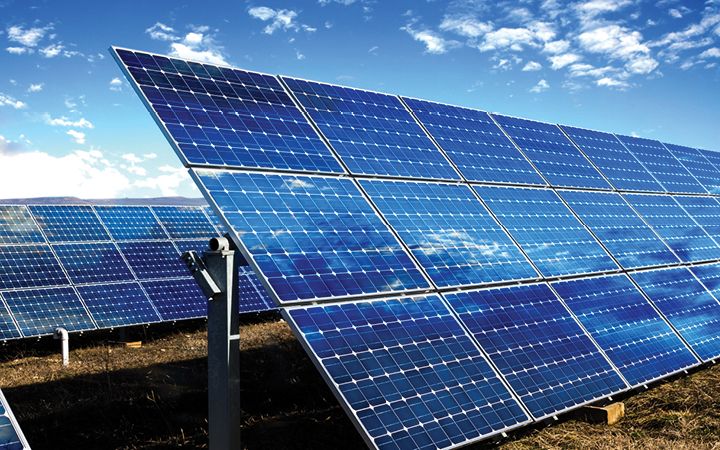Energy strategy, planning, and investment advisory
Gain critical support in system planning, energy project development, and infrastructure investing driven by energy system transformation.

Clear insights for your energy strategy
As markets, technologies, and policy drive rapid energy system transformation, electric and gas utilities and customers need to adapt. We regularly assess and quantify risks, design and support planning and regulatory engagement across all utility business areas, and study the implications of policies and regulatory drivers. CO2Sight, our proprietary analytics and action planning framework, helps provide clear insights for your energy strategy.

Optimize asset development and management with expertise
Early decisions are critical to project success. Our market, transmission, and technical/engineering experts work with you to effectively mitigate project risk by addressing key issues such as site selection, site control, queue positions, and technology selection. From preliminary development pipeline and project strategy and analysis to re-powering, re-contracting, and decommissioning, our team offers advice throughout the full life cycle of the project.

Navigate infrastructure challenges
Energy infrastructure build-out is challenging and complex, requiring careful analysis of generation, transmission and distribution, and low-carbon fuel delivery and storage needs. We help utilities, developers, owners and investors make sound investments by rethinking every aspect of energy investment needed to meet energy goals, integrate non-traditional resources, and stay ahead of emerging reliability and resilience challenges. From developing strategies to reduce potential stranded costs to creating market entry strategies for investments in hydrogen and biofuels, our team provides the guidance to help navigate infrastructure challenges.

Secure the proper financing
To enable successful financings, developers need lenders, investors, and tax equity providers to fully understand projected performance, revenues, and risks. We evaluate an asset’s technology, market value, and potential for return, reviewing all related commercial agreements, designs, site studies, permits, and technical inputs. We offer trustworthy and bankable expertise across a broad set of domains and service areas, including independent engineering, power markets, and transmission considerations.
Our services
Utilities planning, regulatory, and stakeholder engagement
- Grid modernization strategy roadmap
- Resource and investment planning (generation, T&D, gas)
- DER market participation assessment, distribution system planning, and hosting capacity analysis
- Stakeholder engagement facilitation support
- Utility regulatory strategy
- T&D Model, Database Validation, Data Management, and Study Automation
- Reliability and resource adequacy analysis
- Resiliency planning support
- Resource procurement design and evaluation
- Electrification load impact analysis
- Substation design
- Protection and control design and relay settings
- NERC compliance
Power project development and strategy
- Greenfield renewable energy siting strategy
- Interconnection application support
- Independent engineering
- Merchant power market and revenue analysis
- Independent transmission diligence
- Operational reviews
- Resource and performance estimates
- Battery storage bidding strategy and value optimization
- Hydrogen for long duration storage
- Commercial offtake agreement assessment and negotiation support
- EV Equipment selection, site layout, and interconnection
Power and fuels transaction and technical advisory
- Project finance and M&A diligence
- Interconnection and transmission
- Asset management
- Financial risk assessment
- Owner’s engineering and advisory
- Environmental attributes price forecasting
- Carbon intensity and lifecycle analysis diligence
- Carbon capture and sequestration strategy and feasibility planning
- Low carbon fuels potential assessment
Related industries, services, and solutions
